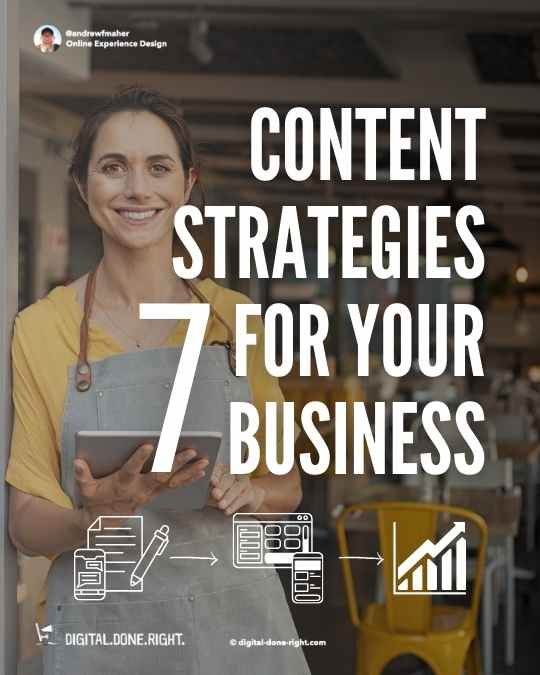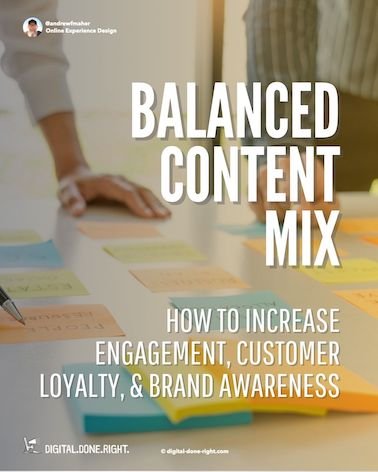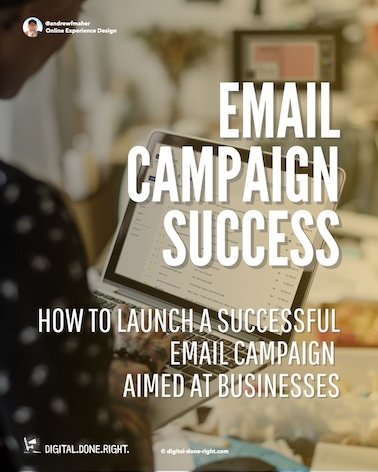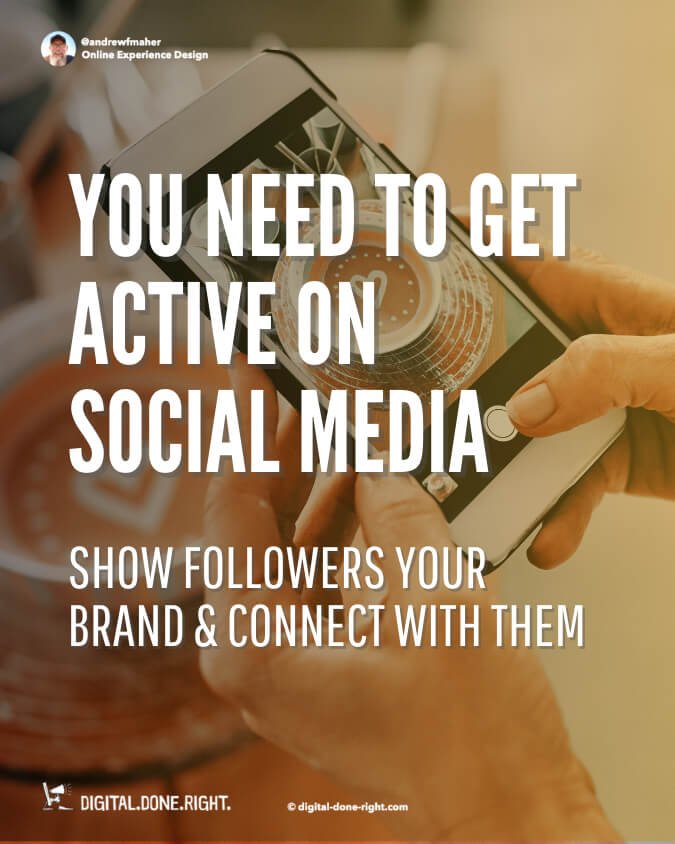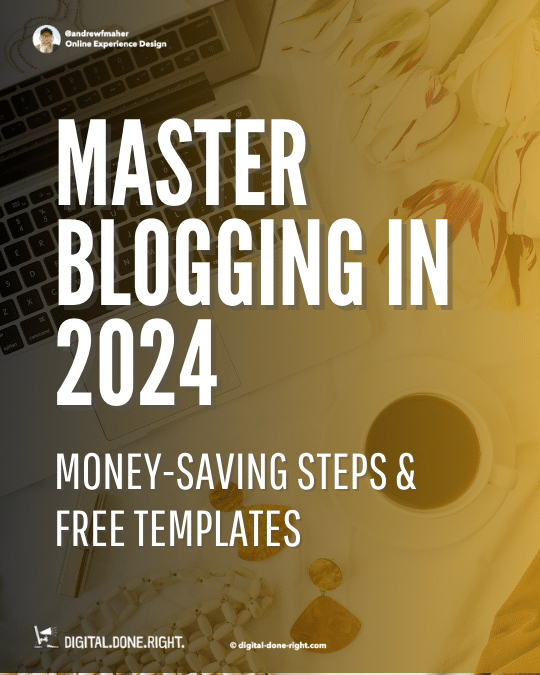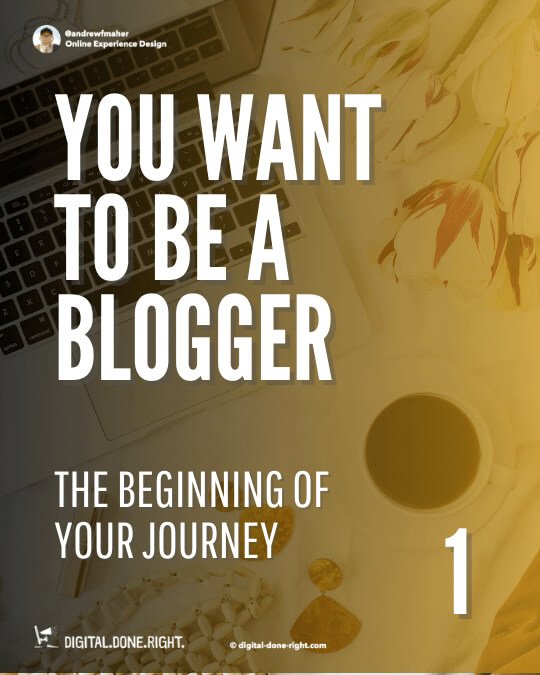7 Compelling Content Marketing Strategies to Help Your Service Business Soar
TL;DR
This article shares 7 easy-to-follow tips for small businesses to grow through content marketing. It says you should know your audience, find your unique spot, and make different content like blogs, videos, and infographics. Content marketing helps build trust, show your expertise, and compete with big companies. It can increase your brand recognition, website visits, and sales. Finally, it gives advice on making a good content plan. This includes writing in a way people
Who is your customer?
Before you start creating content, it is important to define your target customer precisely. You can divide them into individual people. These profiles should take into account age, gender, interests and needs, for example. You should also find out how your target group buys and where they are on the Internet. You can also conduct market research or interview your customers to find out more about them. If you know your target group well, you can create content that interests them.
Tip: Nische down!
If you know who your target audience is, you can create content that interests them. If you know who your target audience is, you can create content that interests them. This will help you engage with your audience and your messages are more likely to be heard and heeded.
If you know who your target audience is, you can make better use of your resources. You will achieve more with your content marketing.
WHAT IS CONTENT MARKETING?
Content marketing is a strategy that involves creating and sharing valuable, relevant, and consistent content to attract and retain a defined audience.
Content = any online piece of information that one can read, listen to, watch, download or interact with
The ultimate goal is to drive profitable customer action by building trust and authority in your industry or niche. It's a powerful way to establish your brand and engage with your audience.
WHY CONTENT MARKETING?
Content marketing is a powerful tool for small businesses to establish their brand and engage with their audience. By creating and sharing valuable, relevant, and consistent content, small businesses can build trust and authority in their industry or niche. This can lead to increased brand awareness, website traffic, and ultimately, sales.
Unlike traditional advertising, content marketing is not about interrupting your audience with a sales pitch. Instead, it's about providing value to your audience by addressing their pain points and challenges. By doing so, you can establish yourself as a thought leader in your industry and build a loyal following of customers and prospects.
Google rewards freshness. Adding content to your website tells Google that it is being kept up to date.
In addition to building trust and authority, content marketing can also be a cost-effective way for small businesses to compete with larger companies in their industry. While larger companies may have more resources to invest in traditional advertising and marketing campaigns, small businesses can use content marketing to level the playing field. By creating high-quality content that resonates with your audience, you can attract and retain customers without breaking the bank.
Overall, content marketing is an essential strategy for small businesses looking to grow their brand and drive profitable customer action. By investing in content marketing, small businesses can build a strong online presence and establish themselves as leaders in their industry.
DO YOU WANT HELP BUILDING AND EXECUTING A CONTENT STRATEGY?
You know how hard it is to gain a new customer or client. Creating content which speaks to your current and potential customers keeps then “in the loop”. When the time comes for them to require your services they will remember you.
Reach out for a free discussion on how content might help lift your brand to “top of mind”!
"I WANT MORE SERVICE-ORIENTED COMPANIES TO BE SUCCESSFUL WITH THEIR ONLINE ACTIVITIES!"
11 TYPES OF CONTENT
As I mentioned earlier content is any online piece of information that one can read, listen to, watch, download or interact with. There are numerous types of content that businesses can use in their content marketing strategy. Here are some of the most common ones:
Blog posts: These are written articles published on a blog or website. They can cover a wide range of topics, from educational content to opinion pieces, and can be used to drive traffic to a website.
Videos: Videos are a powerful way to engage with audiences, particularly on social media platforms. They can be used for product demonstrations, tutorials, vlogs, and more.
Podcasts: Podcasts are audio recordings that can be downloaded or streamed online. They can be used for interviews, educational content, and storytelling.
Infographics: Infographics are visual representations of data or information. They can be used to present complex information in an easy-to-understand format.
Interactive content: Interactive content is any content that requires audience participation, such as quizzes, polls, and surveys. This type of content can be used to increase engagement and generate leads.
Social media posts: Social media posts can include text, images, videos, or links. They can be used to share promotional content, educational content, or engage with audiences.
Email newsletters: Email newsletters are a way to communicate with subscribers through email. They can be used to share company news, promotions, educational content, or updates.
E-books: E-books are electronic books that can be downloaded or read online. They can be used to provide in-depth information on a topic or to generate leads.
White papers: White papers are detailed reports that provide information on a specific topic. They can be used to establish thought leadership in an industry.
Case studies: Case studies are detailed stories of how a product or service helped a customer. They can be used to demonstrate a product or service's value to potential customers.
Webinars: Webinars are live or pre-recorded presentations that can be viewed online. They can be used for educational content, product demonstrations, or training.
The type of content that businesses choose to create will depend on their audience, goals, and resources. It's important to consider which type of content will resonate with the target audience and provide value to them.
Choosing the right content mix
The content types that best suit your business will depend on your target audience, goals, and resources. Consider these factors to make informed decisions:
Target audience: Understand their preferences, interests, and consumption habits.
Goals: Determine what you want to achieve with your content marketing efforts.
Resources: Assess your team's skills, budget, and available time.
Remember: Continuity is key. Regularly produce quality content that engages your audience to build a thriving online presence.
7 TIPS FOR YOUR CONTENT STRATEGY
Here are 7 examples of "Content Marketing Tips" posts that you could create to promote your business:
"Write for humans not just for search engines. Optimize your content for readability and engagement, not just for keywords."
"Create a content calendar to plan your success. It will help you plan, organize and execute your content strategy"
"Use data and analytics to inform your content strategy. Identify which types of content perform best with your audience and focus on creating more of that."
"Think beyond blog posts. Experiment with different formats, such as videos, podcasts, infographics, and interactive content."
"Include a call to action in your content. Encourage your audience to take some sort of action, such as visiting your website or signing up for a free consultation."
"Collaborate with other brands and influencers in your area to expand your reach and engage with new audiences."
"Be authentic, be yourself. Your audience wants to connect with a human, not a faceless brand."
👆🏻 Back to Top 👆🏻

